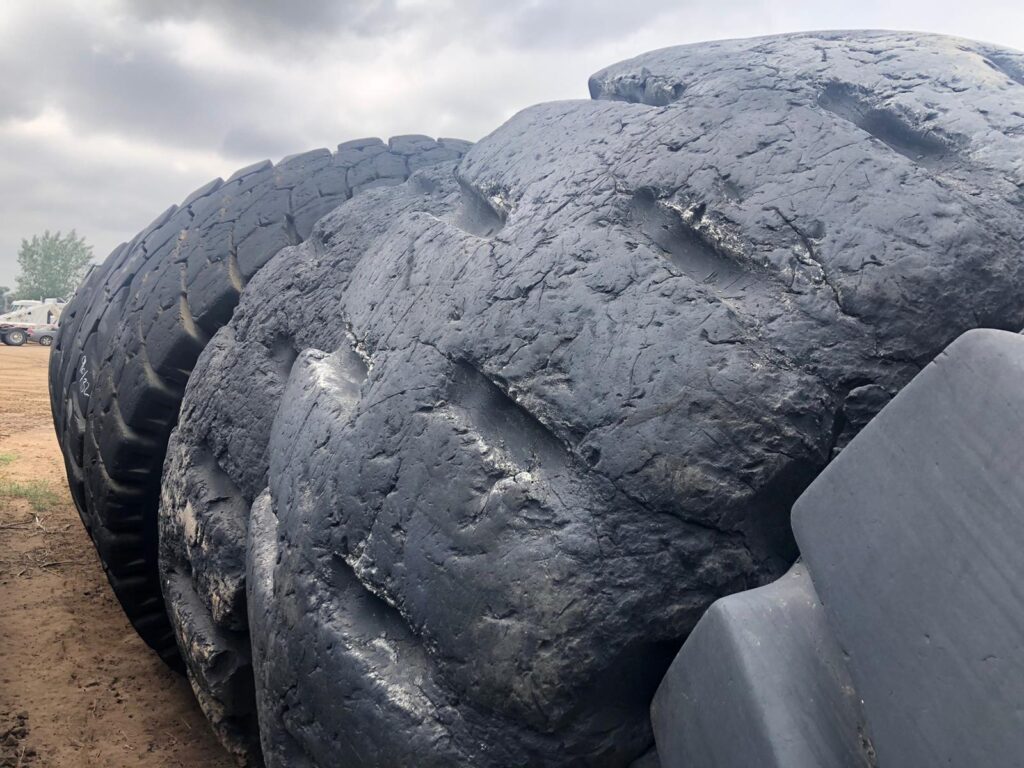At Keepmining, we feel the frontiers of material engineering will be pushed to address many of the operational issues with OTR tyres.
The OTR tyres are used in an environment typically ‘hostile’ to the tyre. These tyres are required to handle damage from cutting, chipping breaking up or cracking when used on rough rock surfaces. Typically, rubber compounds now being used reduce / minimise hysteresis to prevent failures because of excessive heat build-up.
Tyres experience continuous deformation and recovery repeatedly as they rotate under the weight of the massive dumpers or other equipment. The tyres dissipate the hysteresis energy loss as heat.
The viscoelastic parameters of rubber are impacted directly by hysteresis.

Quite a few companies now produce materials that are used in OTR tyre manufacture.
Cabot to name one. And their Vulcan range of products address many of these issues.
OTR manufacturers also want more control on their raw materials. BKT tires in India is spending 75 million USD to put up a plant for Carbon Black in Bhuj India. This carbon black is for BKT consumption and for sale in the open market.

Interestingly BKT and Continental are researching the use of natural rubber got from a Russian dandelion. Non tropical dandelions!! This will allow tyre manufacturers not to be dependent on the tropical rubber market saving on costs like transport and supply chain issues.
The research in Materials to address problems in OTR tyre manufacture and performance is an ongoing process.
We just touched on two aspects here, for brevity.
In the next post we will discuss why mines / manufacturers are “intent on” collecting performance data to address specific problems end users face, the new breed of companies offering “ Comprehensive / Independent Tyre Management Services” and how technology is pushing these boundaries.

